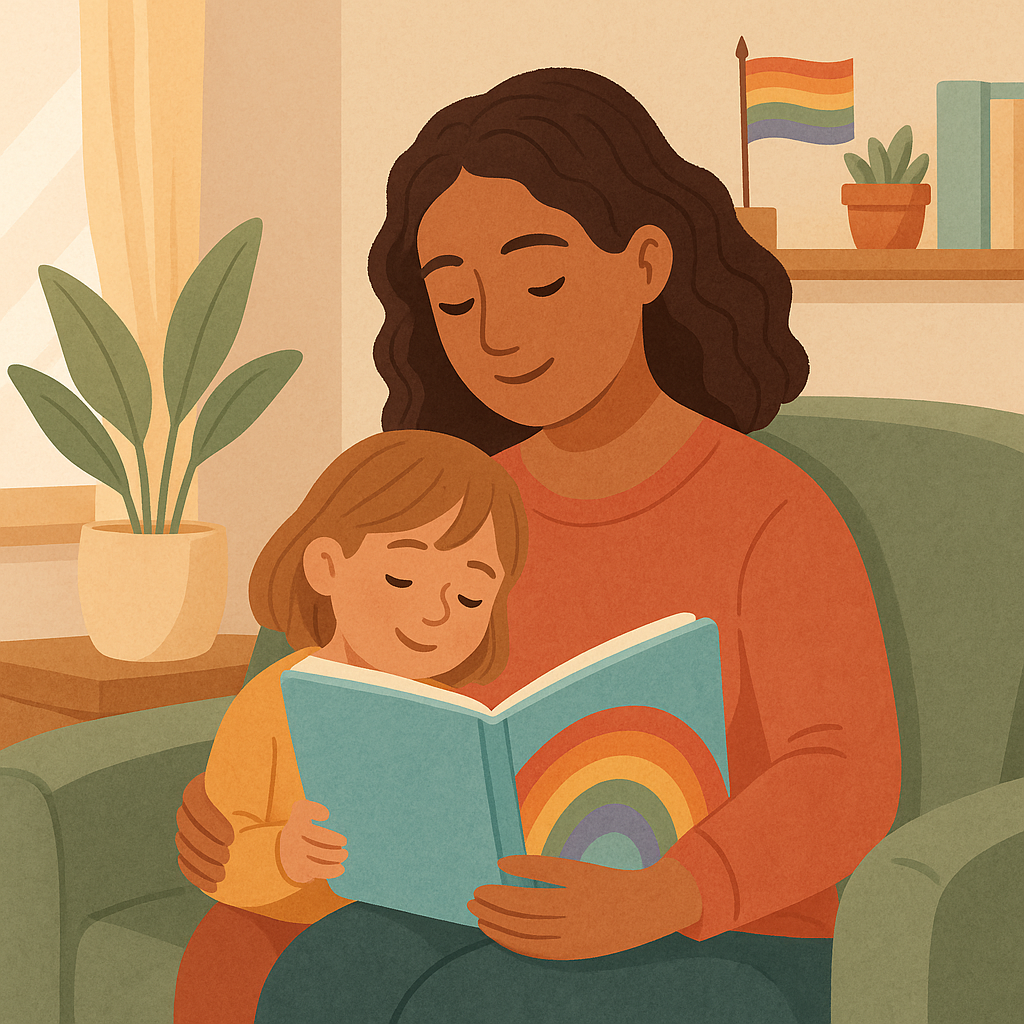By Nicole Dreiske
For decades parents have worried about the impact of technology on their children, especially in early childhood. Today, tech insiders are outing software and social media creators for making their products purposely addictive. In 2018, the World Health Organization classified “gaming disorder” as a mental disease.
We all know the drill: limit screen time and monitor what our kids watch and play. (Yep, there are apps for that.) But those aren’t our best or only tools for tempering the impact of digital devices. There’s a fresh inspiration in some surprising places.
To reboot your digital parenting, here are some questions worth asking:
What does a great relationship with screens look like? How do we want our kids to engage in technology? Those questions remind us that we’re not powerless or helpless. Positive ways to connect with our kids during screen time are in easy reach because they build on strengths parents already have. After eight years of field-testing Screen Smart techniques with thousands of kids, teachers, and parents, we have the tools to transform screen time.
Let’s start with some tips for helping children build healthy tech habits:
Don’t segregate screen time
Stop segregating technology from the rest of childhood experiences so that it’s a separate “thing” they mostly do alone. Parents segregate screen time to balance and strengthen the non-screen experiences for their children. But making “tech time” something kids get to do alone puts it in a vacuum where it’s separate from positive family interactions.
Down the road that isolation can become toxic, with too much focus given to screens. Plus, kids get used to “going it alone” or going to their peer groups when they have questions about the digital world, and adults get closed out.
Interact during screen use some of the time
Children, particularly our youngest kids WANT to share and talk with us about what they experience. This helps build the family bond and creates a positive expectation that they’ll get to interact with you during and following screen use.
The expectation that they’ll be talking to you also triggers the “accountability” button. Children have to remember what they saw and experienced in order to talk about it. That promotes the development of neural networks and gets kids to use the “big brain” instead of the lower reptilian brain stem while watching screens.
Develop self-awareness during tech use
If kids talk with you about what they’re feeling and thinking while they’re using screens, they’ll start to notice what they’re feeling and thinking during screen time. This helps children build their own media filters! They also become more discerning viewers and users of games and apps so you don’t have to be the screen police.
Being Screen Smart starts with including some screen time in family time and giving children new ways to connect to the stories on screens. Best of all, it teaches kids to turn on their minds before turning on their devices.

Here are some steps for practicing “screen talk” at home:
Before pressing play, it’s a good idea to “prime” the child for this fun, a new way of using screens. I often start by saying: “Today we’re going to do something special and watch or play together. We’re going to look for what we like, what we don’t like, and why.”
1. Use your “storybook voice”.
During screen talk, you need to use your storybook voice to encourage, coax, and tease out answers. When we’re reading a bedtime story, we don’t speed through in a monotone voice. Instead, we take time to enjoy the shared space and the cuddling, using a caring and playful tone.
2. Interact and talk during screen time.
The biggest downsides of screen time are that it’s often sedentary and solitary. If we watch or play with screens together, we give our children a totally new idea of what screen time can look like. I’m not saying you have to watch everything with your child. Just share the experience of watching together once or twice a week.
Tip: Pick something you’ve already seen for your first co-play or co-viewing experience.
3. Point out details and share ideas.
During story time, a child may ask a question, or point out a color, or an object, or a character they enjoy. You contribute whimsical questions, perhaps tying real life experiences to the book.
When a child points to the image of a dog and says: “Puppy!” you might say: “Yes, we saw a dog at the park today too! What color was the dog we saw at the park? What color is this dog?” That same kind of interaction can easily take place during shared viewing. Every word counts in early childhood and the more words shared with parents, the better!
4. Ask questions.
You can pause and ask questions or ask questions while the program is running. “What do you think happened there?” “What kind of animal is that? “Why do you think she did that”? “What color is that?” You just want to get your kids used to listening to you and answering or asking questions while watching.
Children are smart. They’re information sponges! They can easily grasp and answer your questions while watching. Tip: If a child asks you what happened, try turning the question back, “What do you think happened here?” You can even replay in slow motion and look for clues.
~
The process of child-centered exploration that you use during storybook time can make shared screen time magical. You just need to allow the same kind of cozy, curious, caring bond to grow around the stories on screens, whether they’re YouTube videos, apps or games. Screen Smart skills give you simple, positive ways to connect with your children during screen time.
These skills support the family bonding, critical thinking and empathy building that will truly change the way your children use screens.
Just turn on the mind before the screen!
Nicole Dreiske, the Executive Director of the International Children’s Media Center, is a children’s media expert and the author of THE UPSIDE OF DIGITAL DEVICES: How to Make Your Child More Screen SmartTM, Literate and Emotionally Intelligent.



